How To Use Lifting Straps Deadlift
How To Use Lifting Straps Deadlift
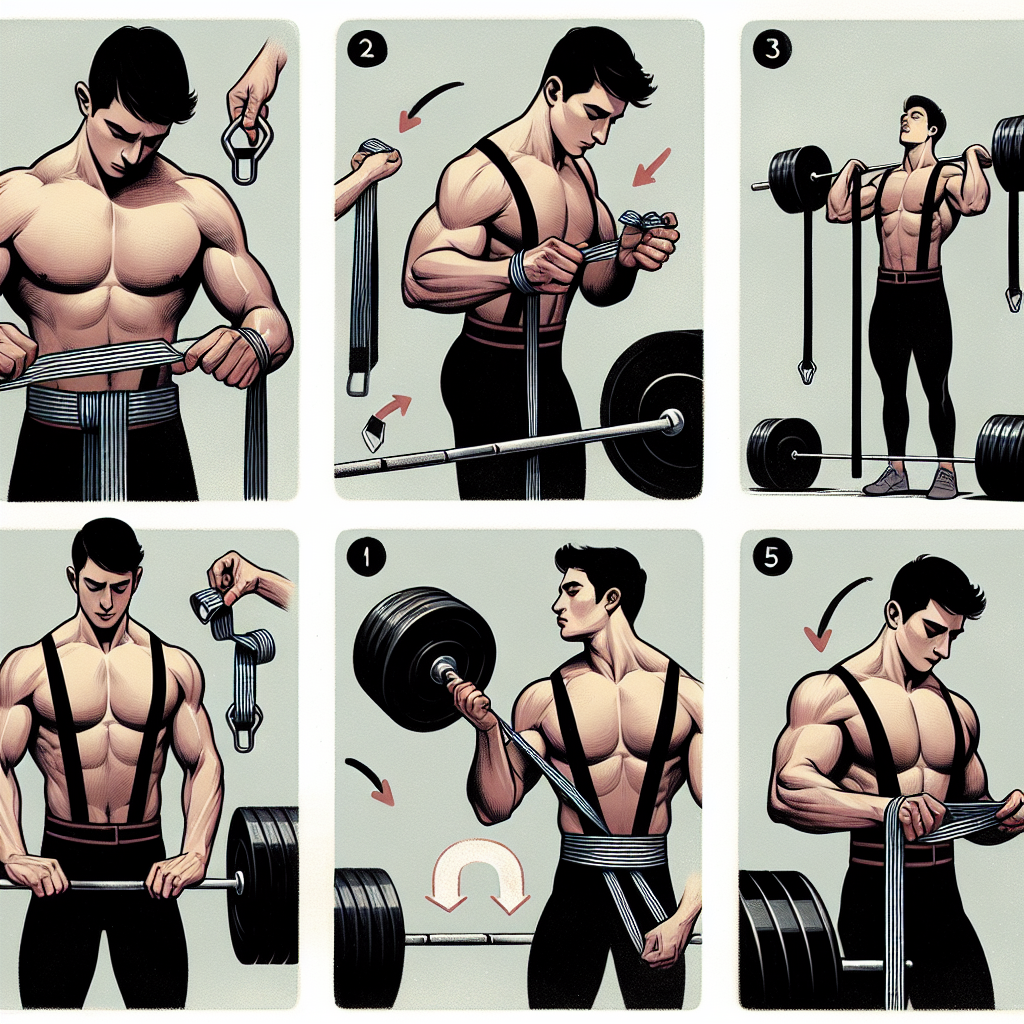
Ready to take your deadlifting game to the next level, mate? Let's dive into the world of lifting straps and gym gear that will have you lifting like a pro in no time! Whether you're a seasoned powerlifter, a gym newbie, or somewhere in between, understanding how to deadlift with the right technique and accessories can make all the difference. Today, we're not just talking about lifting straps benefits—oh no, we're going full throttle into weightlifting accessories that can transform your strength training regime. So, grab your Barbell Jack, and let's get cracking on those personal records! #StrengthGoals #GymGearGalore
Mastering the Deadlift
Deadlifting is a cornerstone of any strength training program, but mastering it requires dedication and proper technique. Understanding the nuances can prevent injuries and maximize gains. Let's explore how to perfect your form, avoid common mistakes, and safely lift those heavy weights.
Perfecting Your Deadlift Technique
Perfecting your deadlift technique is crucial for both safety and efficiency. First, start with your feet hip-width apart and your toes slightly pointed out. Ensure your grip is firm, and your hands are evenly placed on the bar. As you lift, keep your back straight and engage your core.
Next, focus on the movement. Drive through your heels and lift the bar by extending your hips and knees simultaneously. As the bar passes your knees, push your hips forward and stand tall.
Remember, the key is control. Lower the bar by reversing the movement, keeping it close to your body, and bending your hips and knees. Consistency in form is essential for improvement and avoiding injuries.
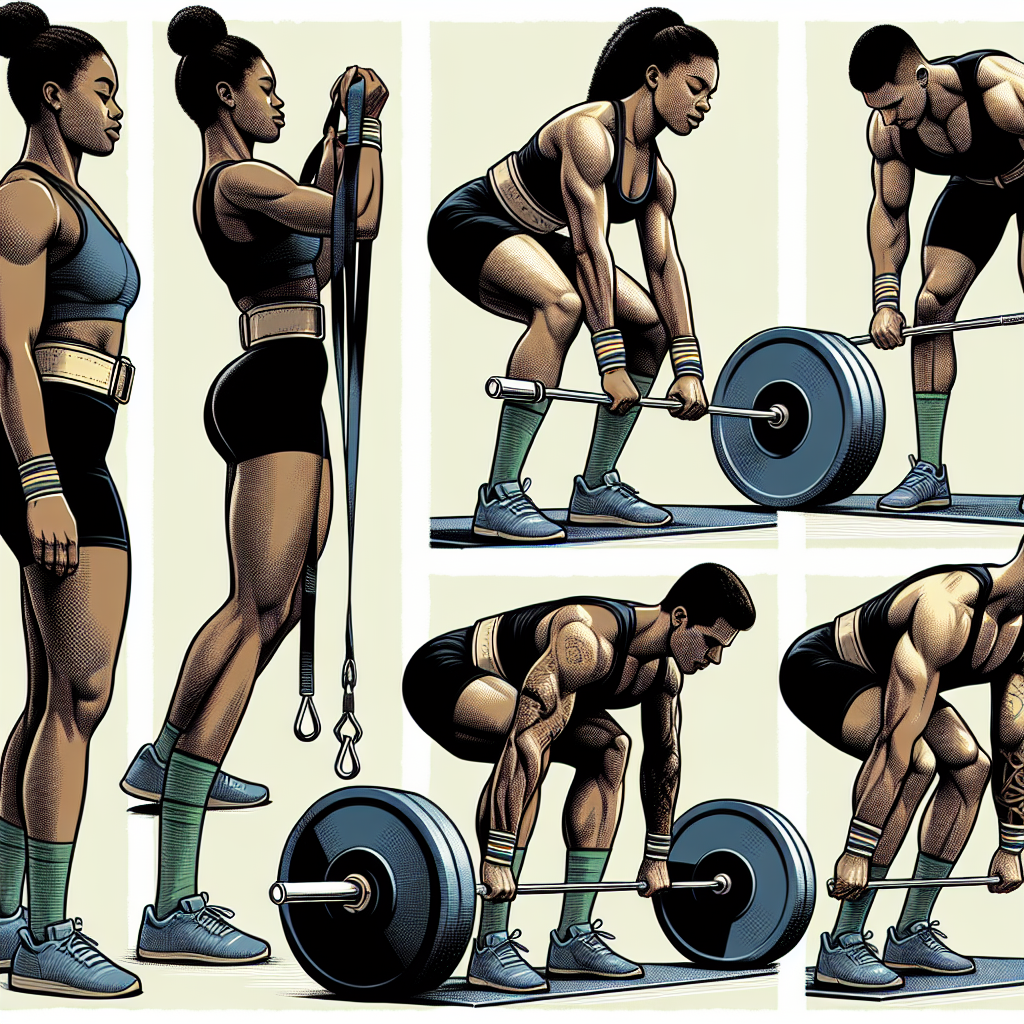
Common Deadlift Mistakes
Deadlifting mistakes can lead to inefficiency, or worse, injury. One frequent mistake is rounding the back. A rounded back puts stress on the spine, increasing the risk of injury.
Another common error is not engaging the core. Core stability is crucial for maintaining a neutral spine and avoiding lower back pain.
Finally, many lifters underestimate the importance of grip strength. A weak grip can lead to imbalances and hinder your progress. Consider incorporating grip-strengthening exercises into your routine to prevent this issue.
How to Deadlift Safely
Safety in deadlifting is paramount. Start with a proper warm-up to prepare your muscles and joints. Focus on light cardio and dynamic stretches targeting the hips, hamstrings, and lower back.
-
Set up with a secure stance and grip.
-
Maintain a neutral spine throughout the lift.
-
Use controlled, smooth movements without jerking the bar.
Always listen to your body. If you feel any discomfort or pain, stop immediately. Consider consulting a professional trainer to assess your form and provide personalized guidance.
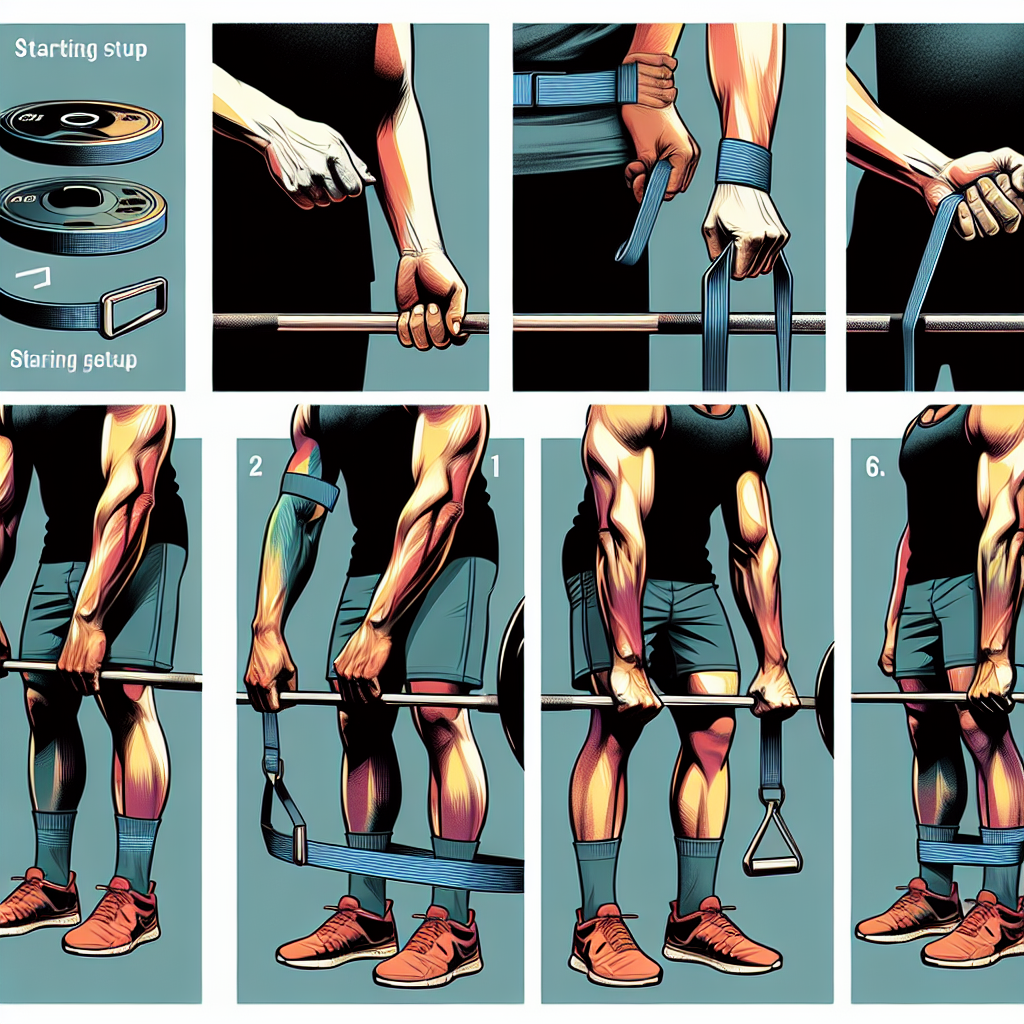
The Role of Lifting Straps
Lifting straps are a valuable tool for any weightlifter. By supporting grip strength, they enable you to lift heavier weights, thus enhancing your strength training sessions. Let's delve into their benefits, the right times to use them, and how to properly incorporate them into your workouts.
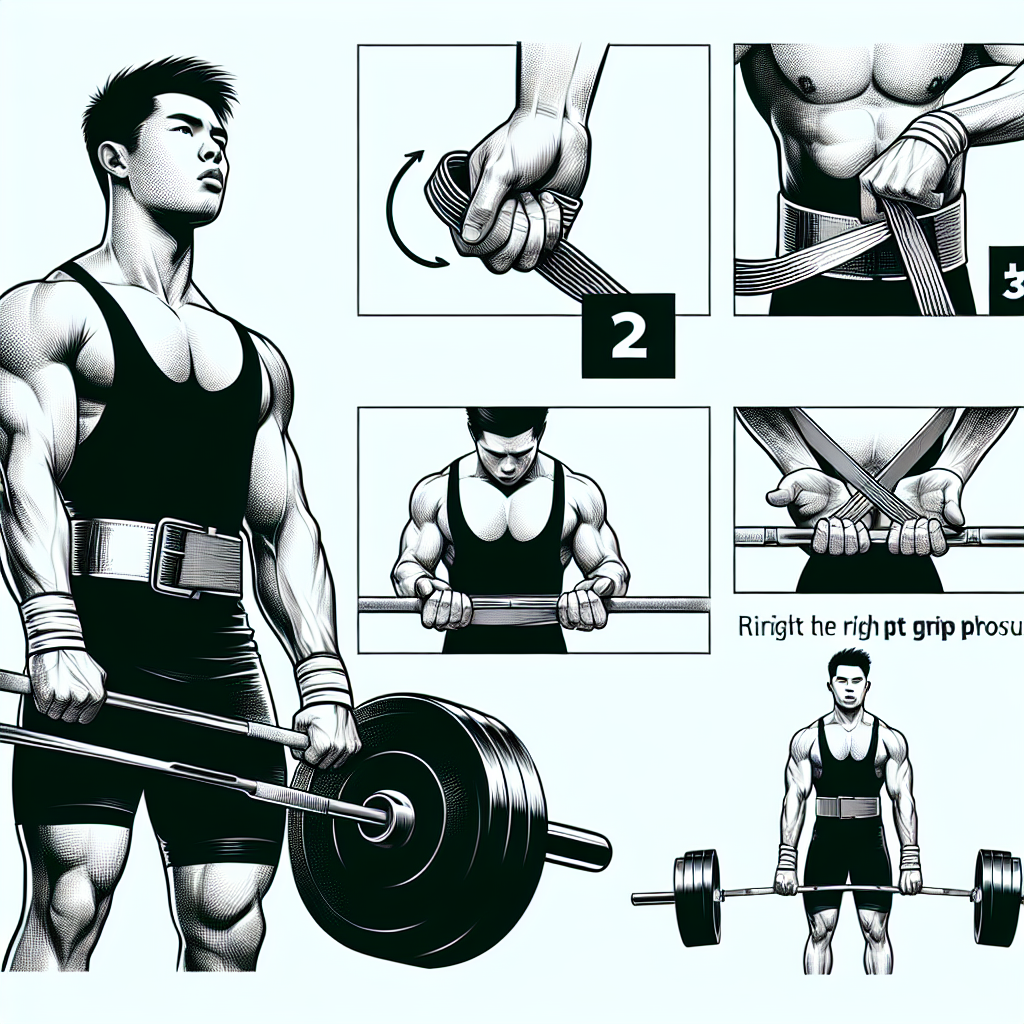
Lifting Straps Benefits
Lifting straps primarily support your grip, allowing you to focus on form and lifting heavier weights. They enable you to target muscle groups more effectively, maximizing strength gains.
Additionally, they help reduce grip fatigue during high-rep or heavy sets. This can be particularly beneficial during deadlifts, where grip often fails before the larger muscle groups tire.
By reducing stress on your hands, lifting straps promote longevity in training, ultimately helping you achieve your lifting goals faster and more efficiently.
When to Use Lifting Straps
Lifting straps are not for every set but knowing when to use them can optimize your training. Consider strapping up during heavy deadlifts or when grip is a limiting factor.
Incorporating straps in high-volume training can also be beneficial. They allow you to push through fatigue, maintaining intensity without sacrificing form.
However, it's important to balance their use. Over-reliance can hinder grip strength development. Use them strategically, focusing on form and control while building up your natural grip strength over time.
How to Properly Use Lifting Straps
Using lifting straps correctly is essential. Here's a step-by-step guide:
-
Thread the strap through the loop to create a circle.
-
Slide your hand through, positioning the strap across your palm.
-
Tighten by pulling the strap, securing it around your wrist.
-
Wrap the strap around the bar several times to ensure a firm grip.
Practice is key. Take time to get comfortable with the setup process. As you become more proficient, integrating straps seamlessly into your routine will become second nature, enhancing your lifting sessions.

Essential Weightlifting Accessories
Beyond lifting straps, various accessories can enhance your gym experience. From belts to gloves, these tools provide support, safety, and efficiency. Here, we'll cover must-have gear, tips for their use, and how they enhance performance.
Must-Have Gym Gear
Equipping yourself with the right gym gear can make all the difference. Consider these essentials:
-
Weightlifting belt: Supports your lower back during heavy lifts.
-
Knee sleeves: Provides compression and warmth to prevent injuries.
-
Wrist wraps: Stabilize your wrists during pressing movements.
-
Chalk: Improves grip by reducing moisture on your hands.
These items should be tailored to your needs, enhancing your ability to lift safely and effectively. Prioritize quality and fit when selecting accessories to ensure maximum benefit.
Fitness Tips for Accessory Use
Accessories, when used correctly, can greatly enhance your workout. Here are some tips:
-
Don't over-rely on gear: Use accessories to support, not replace, good form.
-
Rotate usage: Incorporate accessories into your routine without becoming dependent.
-
Regularly inspect gear: Check for wear and tear to maintain safety.
Incorporating these tips ensures that you maximize the benefits of your accessories while maintaining a balanced approach to your training.
Enhancing Performance with Accessories
Accessories can significantly boost performance. For instance, using a weightlifting belt can increase intra-abdominal pressure, allowing for heavier lifts.
Moreover, knee sleeves provide stability, reducing the risk of injury during squats or lunges. They enhance joint movement by keeping the knees warm and compressed.
By leveraging these tools effectively, you can push beyond your normal limits, achieving new personal records and enhancing overall performance in the gym.
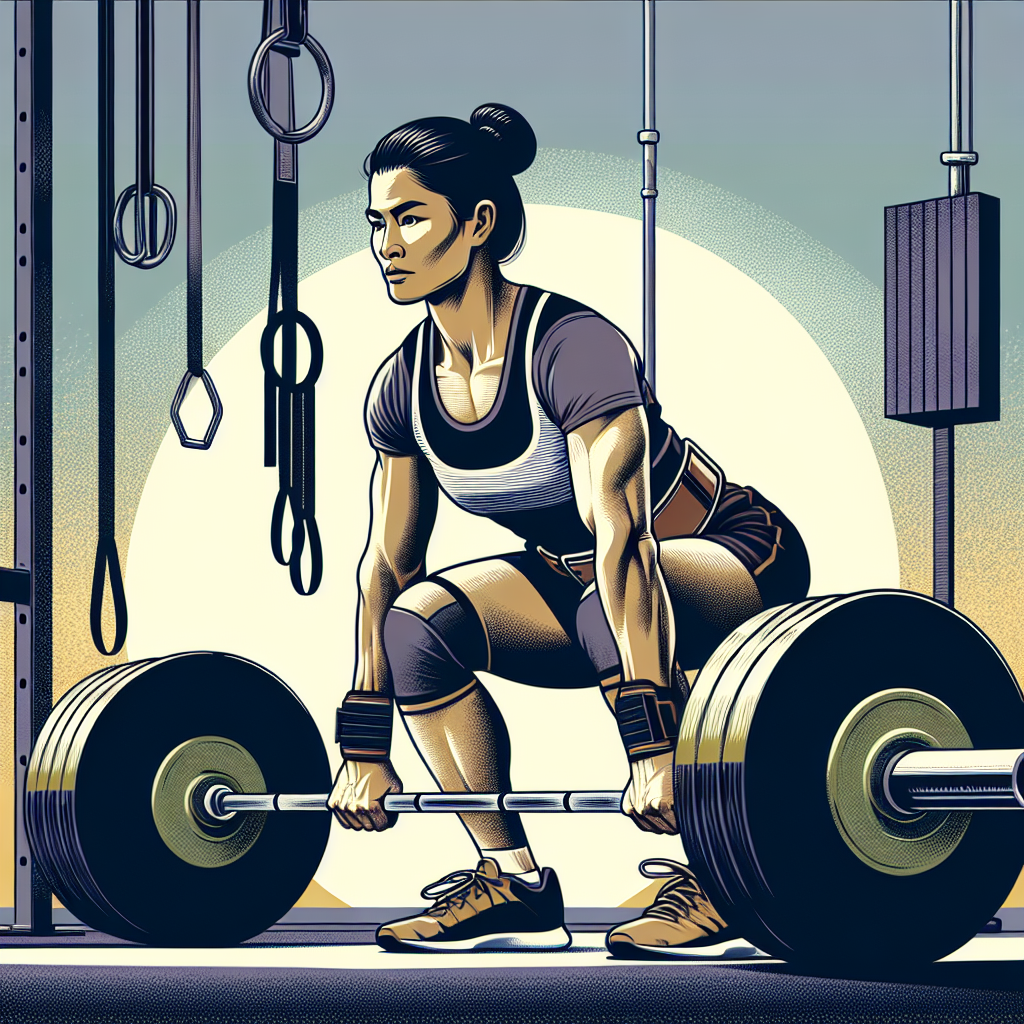
Strength Training for Success
Strength training is about more than lifting heavy weights. Building a solid foundation, incorporating advanced techniques, and staying motivated are key to long-term success. Let's explore how to structure your training for optimal results.
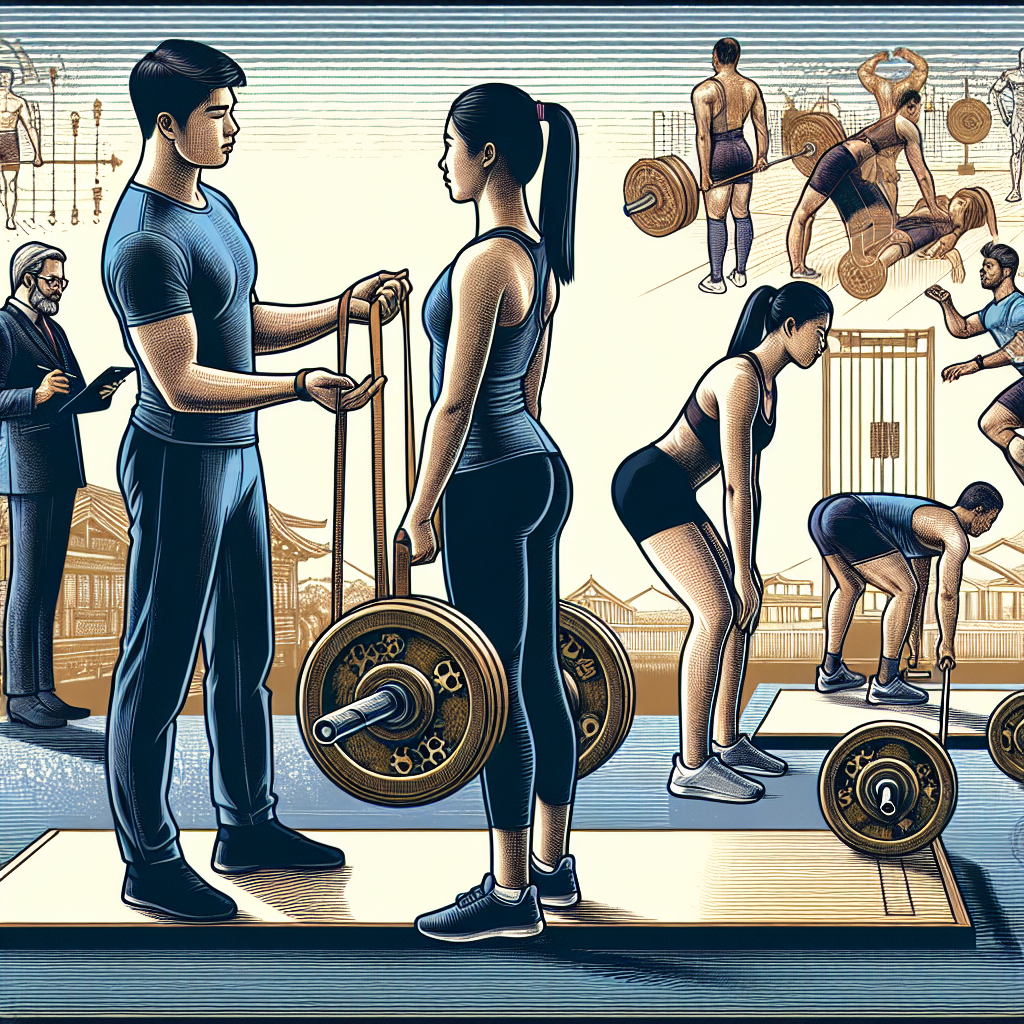
Building a Solid Foundation
Establishing a strong foundation is critical in strength training. Focus on mastering basic movements like squats, deadlifts, and bench presses.
Prioritize form over weight. Ensure each lift is performed correctly to lay the groundwork for future progress. Incorporate compound movements, which engage multiple muscle groups, building strength and coordination.
A well-rounded foundation also includes cardiovascular fitness and flexibility exercises. These components support overall health and prevent injuries, setting the stage for more advanced training.
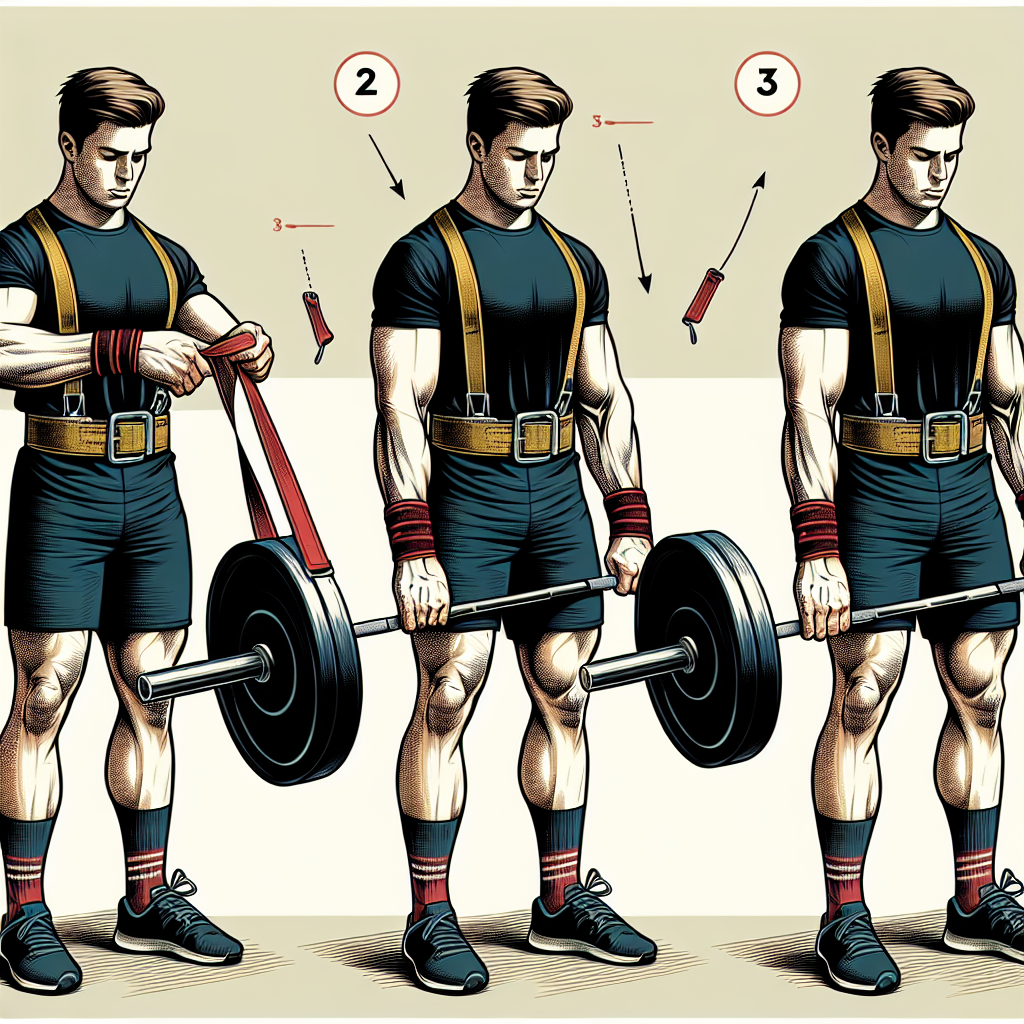
Advanced Strength Training Tips
Once you've mastered the basics, it's time to advance. Incorporate progressive overload by gradually increasing the weight you lift over time. This stimulates muscle growth and strength gains.
Vary your routine to prevent plateaus. Introduce new exercises, adjust repetitions, and change rest intervals. This keeps your muscles guessing and engaged, promoting continuous development.
Consider working with a trainer for personalized programs tailored to your goals. Their expertise can help refine your technique and optimize your regimen.
Motivating Yourself to New Personal Records
Setting and achieving personal records requires motivation. Start by setting specific, attainable goals. Track your progress with a journal or app to stay accountable and celebrate small victories.
Visualization techniques can also enhance performance. Picture yourself lifting the weight, focusing on form and strength. This mental preparation boosts confidence and readiness.
Embrace setbacks as learning opportunities. Reflect on challenges and adjust your approach, staying committed to your goals. With determination and the right mindset, you'll push through barriers and achieve new records.
Maximizing Your Gym Experience
To fully benefit from your gym time, focus on effective workouts, consistency, and the right mindset. These elements work together to drive progress and help you reach your fitness objectives.
Effective Workout Routines
Crafting an effective workout routine is key. Balance your program with a mix of strength, cardio, and flexibility exercises.
-
Plan sessions ahead: Schedule workouts to ensure all muscle groups are targeted.
-
Incorporate variety: Keep routines fresh to maintain interest and challenge your body.
-
Monitor intensity: Adjust workout difficulty to match your current fitness level.
Consistency in these practices will yield continuous improvement, maximizing the time you spend in the gym.
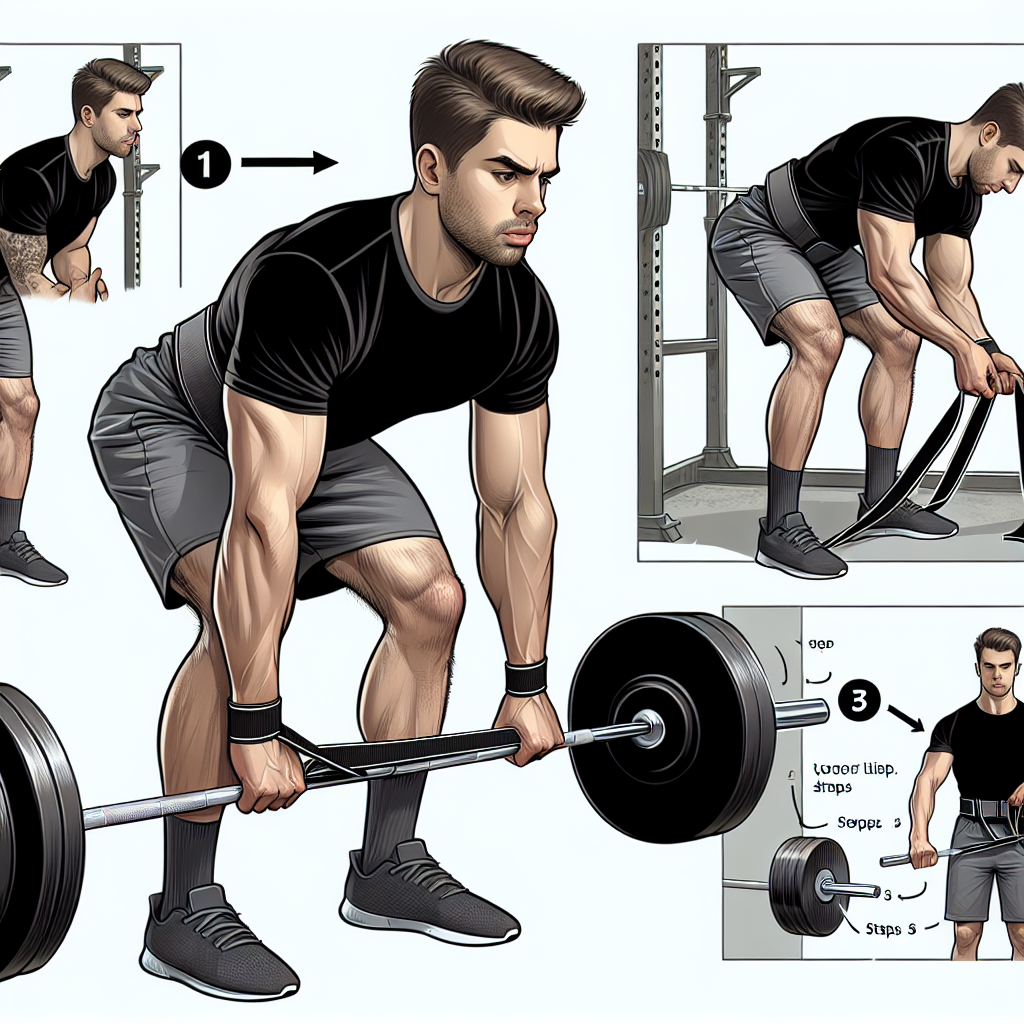
The Importance of Consistency
Consistency is the backbone of fitness success. Regular workouts lead to steady progress, helping you build strength and endurance over time.
Establish a routine that aligns with your lifestyle. Set realistic workout days and stick to them. Over time, this consistency becomes habit, reducing the likelihood of skipping sessions.
Remember, it's better to have shorter, consistent workouts than sporadic intense ones. The cumulative effect of regular exercise is what drives long-term results.
Achieving Goals with the Right Mindset
A positive mindset is crucial for achieving fitness goals. Start by setting clear, achievable objectives. Break down large goals into smaller milestones to maintain motivation.
Stay adaptable. Challenges and setbacks are part of the journey. Embrace them as opportunities to learn and grow. Keep your focus on the bigger picture, and remind yourself of why you began this journey.
Surround yourself with supportive individuals, whether friends, family, or a fitness community. Their encouragement can provide perspective and fuel your drive toward success.

Leave a comment
Please note, comments must be approved before they are published